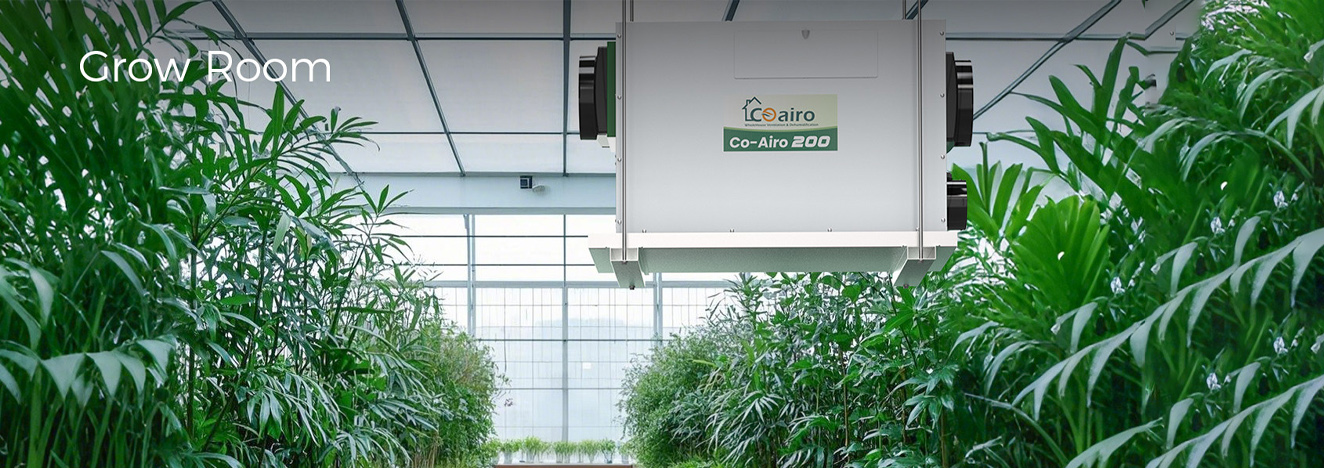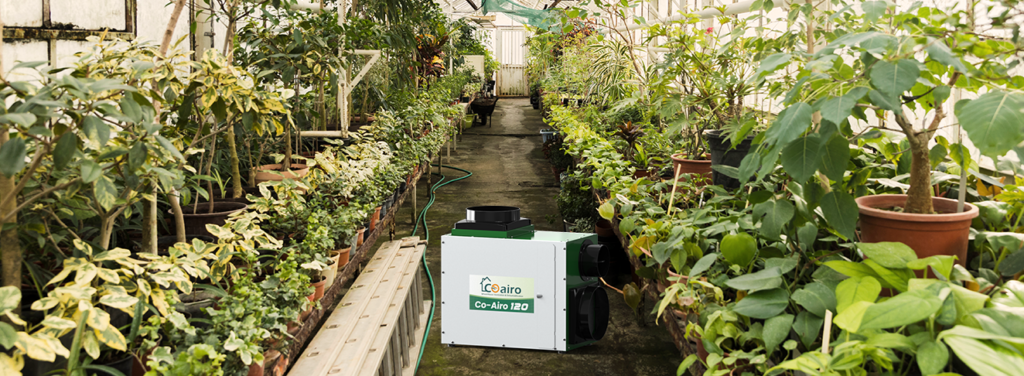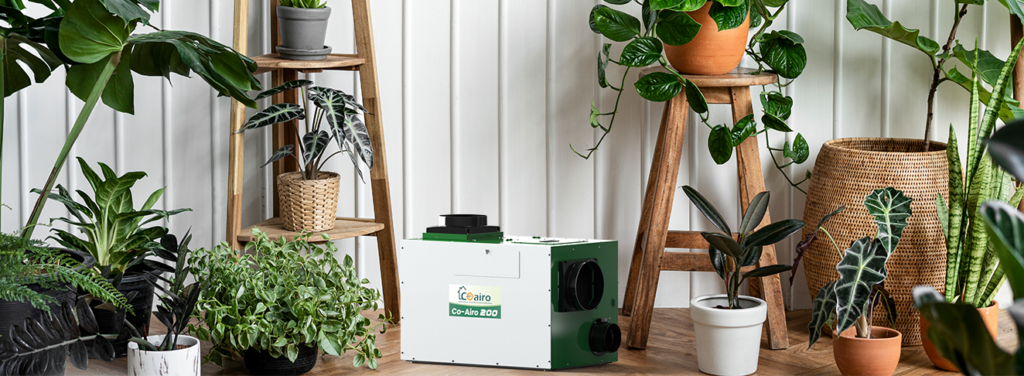Introduction
Managing humidity is one of the most critical factors for creating a healthy grow tent atmosphere. Because getting the humidity levels wrong can cause irreparable harm and damage to the plants in your grow tent. Very high or very low levels of humidity can have a dramatic effect.
A reliable dehumidifier for a grow tent can help keep the air in your grow room dry, creating a more hospitable environment for your plants and less favorable for pests.
This guide will walk you through the steps to choose the best grow tent dehumidifier. You will learn how to size it correctly, which features matter most, and why Coairo’s durable units are the top choice for serious growers. Let’s create the perfect conditions for your plants to grow.
Why is a dehumidifier important for Grow rooms
A grow tent dehumidifier is essential for indoor farming. It can prevent mold and mildew, as well as protect plants from various diseases, including fungal infections and root rot. A dehumidifier for plants maintains the optimal relative humidity, avoiding stress and supporting growth, making the environment suitable for the plants to uptake more nutrients, which in turn increases plant production. The plants are at risk of diseases without the dehumidifier in the grow room, resulting in low yield.
Dehumidifiers collection of Coairo is a best dehumidifier designed for grow tents, maintaining the ideal relative humidity for grow rooms.
Steps to Get Best Dehumidifier
Step 1: Calculate the right size
Using a dehumidifier size calculator is the first step in selecting the best dehumidifier for use in a grow tent. Size matters because an undersized unit would not handle moisture, while an oversized one wastes energy. Here is how to use a dehumidifier size calculator.
Calculate the volume of your tent: The length, width, and height of the tent should be multiplied in feet. For example, a 4x4x6-foot tent is 96 cubic feet.
Assess your humidity level: Use a hygrometer to check the current relative humidity level. If the level consistently exceeds 60%, it indicates that a substantial interference is required.
Estimate capacity: Small tents (under 100 sq. ft.) need 30-50 pints of water removal daily. Medium tents (100-200 sq. ft.) needed 90-140 pints. Large tents (more than 200 sq. ft.) require a high-capacity unit of 90+ pints or more.
For a standard grow tent, a model like the Coairo 90-pint Dehumidifier is best. It maintains a stable 45% relative humidity by removing excess moisture. Using a dehumidifier size calculator, logic confirms that you buy a unit that is powerful enough without being unnecessarily large.
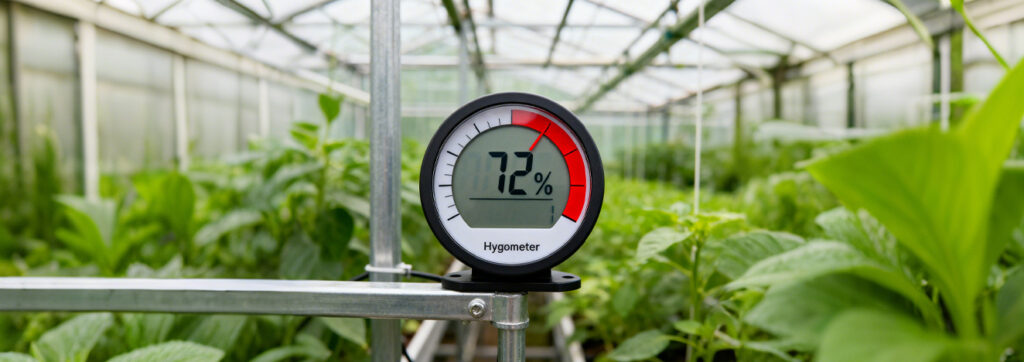
Step 2: Prioritize user-friendly features
Not all dehumidifiers are designed for the demanding environment of a grow room. You can also look for user-friendly features.
Auto-Humidity Control: A built-in humidistat automatically adjusts the relative humidity, saving you time and effort.
Continuous drainage: Emptying the water tank manually several times a day is a tedious and time-consuming task. Automatic draining to a pump or floor drain is made possible via a hose attachment.
Durability: Grow tents are designed for continuous operation 24/7. Your grow tent dehumidifier should be designed for sustained, commercial-grade use. Avoid fragile, residential-grade models.
Coairo dehumidifiers are designed with these attributes in their core. They are designed to function consistently in the extreme conditions of a grow room, featuring auto-defrost, auto-restart, and a durable build.
Step 3: Integrate with your grow room setup
The efficiency of the dehumidifier depends on the overall setup of the grow tent, as the dehumidifier does not function independently.
Placement: A compact unit works best inside a small tent. Placing a large unit outside the large grow rooms and ducting the air in is always effective.
Ventilation matters too: Poor circulation of air traps moisture, making your dehumidifier for grow tent work harder. Pair it with fans, as suggested by Grow Weed Easy. This configuration optimizes the performance of your grow tent dehumidifier and maintains a stable relative humidity level.
Climate: In naturally humid areas, indoor growers require a powerful dehumidifier to combat the outside humidity that continuously tries to enter the space.
Step 4: Estimate energy efficiency and noise
Grow tents consume a lot of electricity because they operate continuously. A dehumidifier for grow tent with Energy Star certification reduces utility expenses. Coiairo’s units are effective in managing power, as well as costs for growers. Noise is another issue. A loud grow tent dehumidifier interrupts your area and indicates low quality. Coairo’s models are quiet, making them suitable for home growers seeking a calm environment. Test your dehumidifier for plants to ensure it performs quietly and efficiently.
Step 5: Understand the needs of your plants
A specific relative humidity level is required for particular plants. For example, Seedlings requires a less aggressive dehumidifier for grow tent because its optimal relative humidity is 60-70%. Plants at the vegetative stage work best at 50-60% RH, which is manageable with a mid-range grow tent humidifier. At the flowering stage, plants need 40-50% RH, which can be achieved with a strong dehumidifier
Use a dehumidifier size calculator to match capacity to your plant’s stage. For instance, a 4×4 tent with flowering cannabis needs a grow tent dehumidifier that pulls 90 pints daily to hit 45% RH. Coairo’s units let you fine-tune settings for any growth stage.
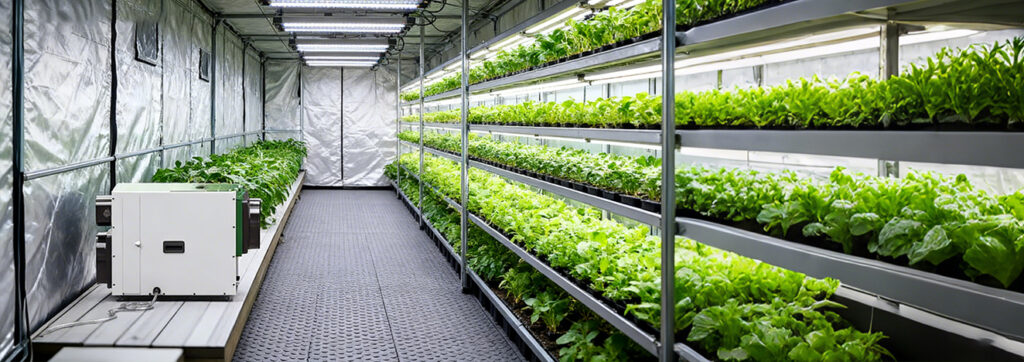
Comparing Coairo Dehumidifiers for Grow Rooms
From small indoor tents to large commercial operations, Coairo offers a range of grow tent dehumidifiers specifically designed for growers. Essential characteristics of Cairo dehumidifiers are;
- High capacity to remove moisture from a variety of space sizes
- Accurate regulation of relative humidity at every stage of plant growth
- Designing with energy efficiency to lower operational expenses.
- Durable construction for long-term reliability
The Coairo dehumidifier for plants offers a dependable solution that preserves stable conditions and safeguards your harvest, regardless of the size of your grow tent.
Practical Tips for Success
Before purchasing a dehumidifier for a grow tent, consider:
- What is the size of your grow tent and the relative humidity?
- Is a grow tent dehumidifier necessary for heavy or occasional use?
- Can I set my plant dehumidifier to have continuous drainage?
Test the grow tent dehumidifier for a week after purchasing. Use a hygrometer to ensure that the relative humidity remains between 40-50%. If it is too high, consider enhancing the tent sealing or installing fans. The size of your dehumidifier can be verified using a dehumidifier size calculator.
Explore Cairo’s dehumidifier collection today and create the perfect grow tent environment.
Conclusion
Choosing the greatest grow tent dehumidifier is about giving your plants the ideal climate, not simply about size or brand. You may make a wise investment that increases plant heath and yield by considering your growing space, humidity needs and energy efficiency.
Coairo plant dehumidifiers provide great performance, durability and exact relative humidity control, allowing producers to harvest larger, healthier crops with less effort.
